Native Red Maple Tree (Acer Rubrum) – 1 Gallon Pot
$39.97 Original price was: $39.97.$27.98Current price is: $27.98.
SKU: D2LSC 1919379234 Category: NATIVE PLANTS
- Get the Best for Less
- No-Questions-Asked Returns
- Effortless Shopping, Quality Products
- 7 days free returns

Native Red Maple Tree
Acer rubrum
Other Names: Carolina Maple, Curled Maple, Scarlet Maple, Soft Maple, Swamp Maple
Plant Details
USDA Plant Hardiness Zones: 3a-9b Find Your Zone
Plant Type: Deciduous Shade Tree
Height at Maturity: 40-70′
Width at Maturity: 30-50′
Spacing: 20-25′ apart for screens; 60’+ apart for space between trees; space trees at least 20′ from a driveway or home foundation
Growth Habit / Form: Upright, Rounded to Oval
Growth Rate: Fast 2′ or more per year
Flower Color: Red to Greenish
Flower Size: Small in clusters
Flowering Period: Late Winter or Early Spring
Fragrant Flowers: na
Foliage Color: Medium Green turning Orange, Yellow, and/or Brilliant Red shades in fall
Fragrant Foliage: No
Fruits / Seeds: Yes, Red or Green winged samaras (seeds)
Sun Needs: Full Sun or Mostly Sun, Morning Sun with Afternoon Filtered Sun or Shade, Morning Shade with Evening Sun
Water Needs: Average, lower when established
Soil Type: Clay, Loam, Sandy, Silt
Soil Drainage / Moisture: Moist But Well Drained; Occasionally Wet; Drought tolerant when established
Soil pH: 5.0 – 7.5 (Acid to Neutral)
Maintenance / Care: Low
Attracts: Beneficial Pollinators, Birds, Visual Attention
Resistances: Cold Temperatures (-50F), Deer, Disease, Drought (when established), Heat, Occasional Flooding, Occasional Wet Soil
Description
An attractive and super easy-to-grow North American native tree, at 40 to 70 feet tall and 30 to 50 feet wide, the Red Maple tree, Acer rubrum, is ideal for use as a shade tree or to reforest an open area. Handsome palmate leaves are a rich green throughout the warm season turning to vibrant shades of yellow, orange and/or red with the arrival of cooler temperatures in early to mid fall. In late winter to early spring small clusters of reddish flowers the beneficial pollinators will appreciate appear at the tips of almost every twig on the tree. The flowers are followed by red or green samaras (winged seeds), what some folks call “helicopters,” that spin like propellers as they fall from the tree to the ground. Birds and squirrels will enjoy consuming these seeds. Long lived and highly adaptable and reliable, the native Red Maple will thrive in most any soil of average fertility and tolerates periodic wet or dry soils when established.
Landscape & Garden Uses
Growing 4o to 70 feet tall and 30 to 50 feet wide, the native Red Maple is ideal for use as a specimen shade tree or in groupings in sunny to partially shaded landscape or woodland borders and around outdoor sitting and living spaces. When planted on the west side of a home it can help to reduce summer cooling costs. It is also an excellent tree for use in reforestation projects. A fine addition to native plant gardens, bird gardens, wildlife gardens and sunny woodland borders.
Suggested Spacing: 20 to 25 feet apart for screens; 60 feet or more apart for space between trees; space trees at least 20 feet from a driveway or home foundation
Growing Preferences
Thriving as far south as USDA Zone 9b and north to Zone 3a (-40F), the native Red Maple is exceptionally adaptable and easy to grow in most any moist but well-drained soil of average fertility and full sun to part shade. Established trees tolerate periodic wet or dry soils.
Helpful Articles
Click on a link below to find helpful advice from our experts on how to plant and care for Maple trees.
How To Plant A Maple Tree
How To Fertilize, Prune & Water A Maple Tree
Plant Long & Prosper!
Meet The Wilson Brothers & Staff
Questions? Contact Us!
Be the first to review “Native Red Maple Tree (Acer Rubrum) – 1 Gallon Pot” Cancel reply
Related products
Sale!
Sale!
NATIVE PLANTS
Sale!
Sale!
Sale!
NATIVE PLANTS
Sale!
NATIVE PLANTS
Sale!
NATIVE PLANTS
Sale!
NATIVE PLANTS


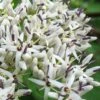
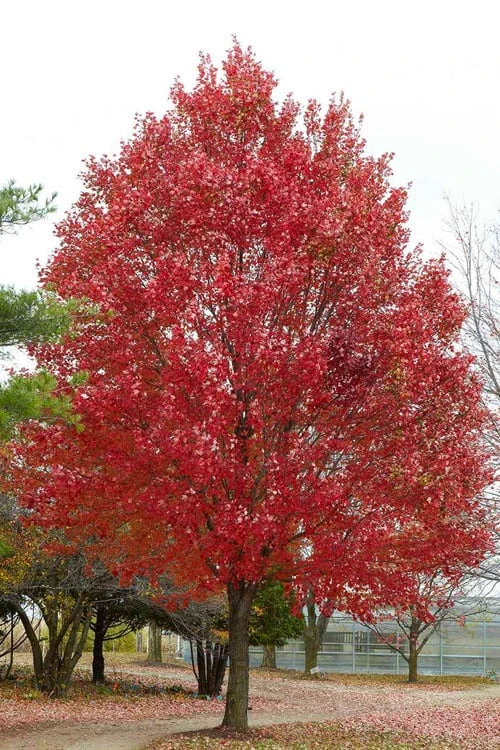

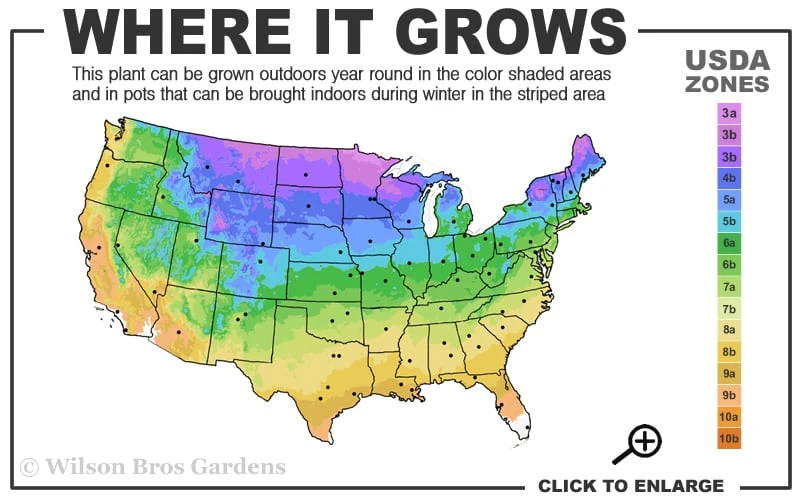



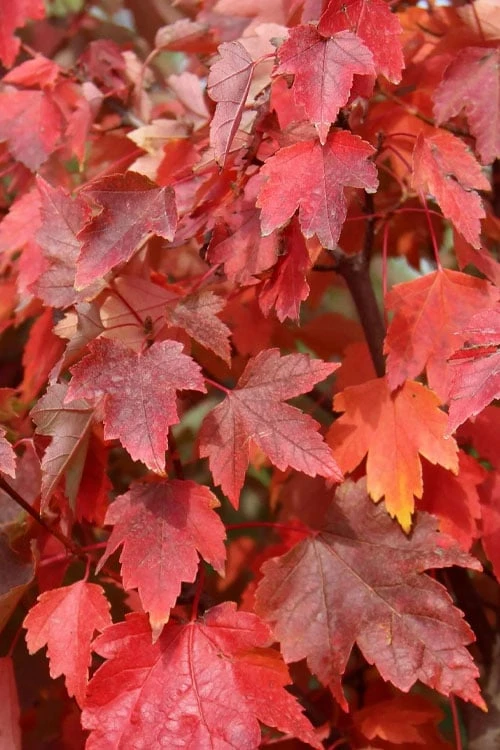


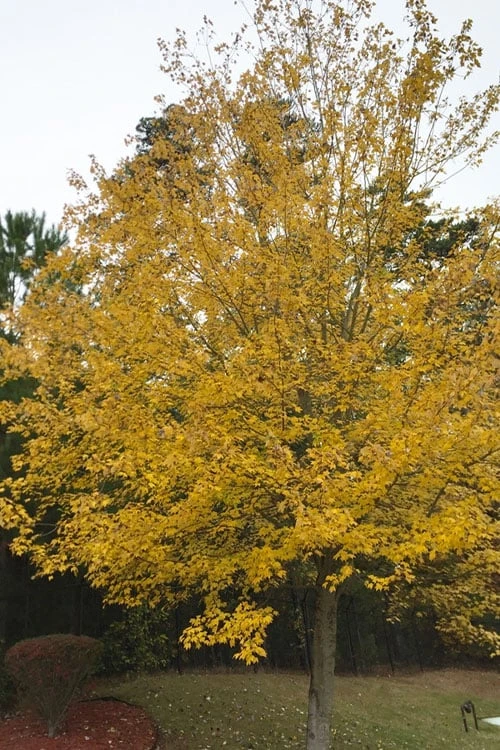
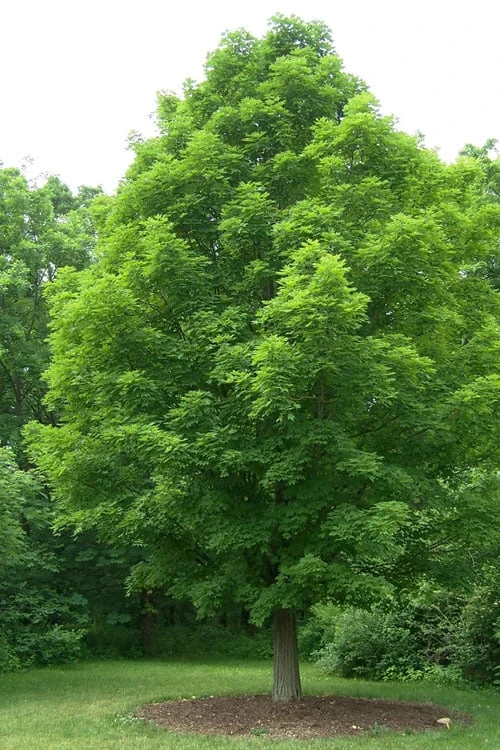
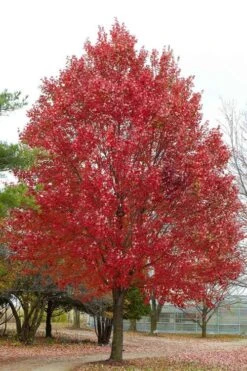
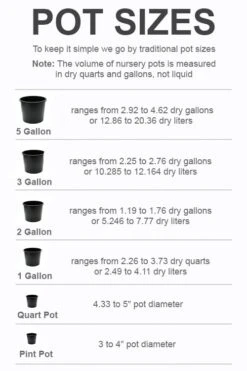

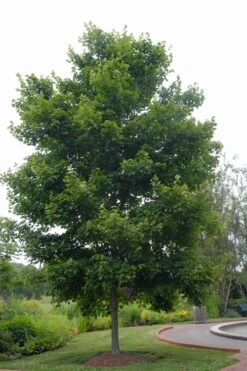
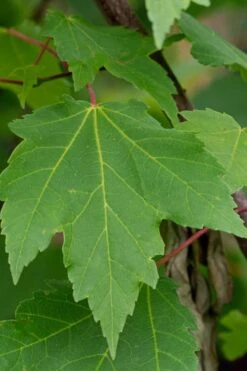
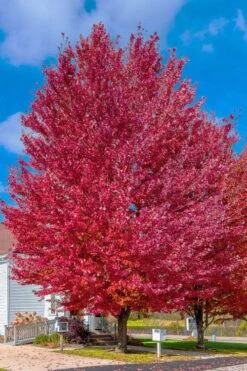
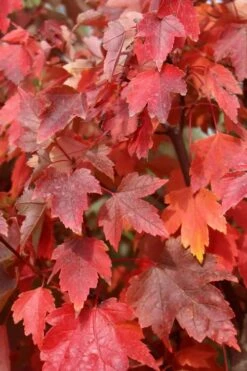


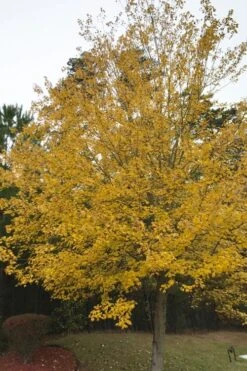
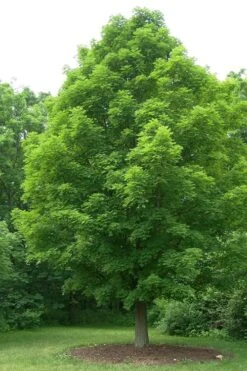



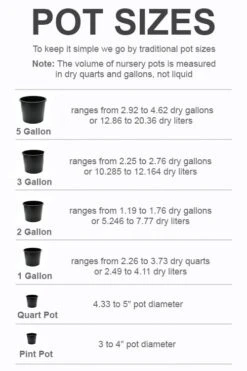

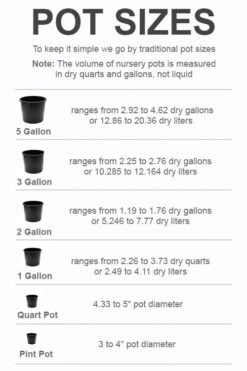





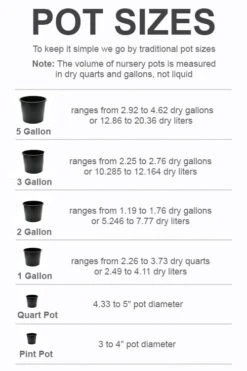

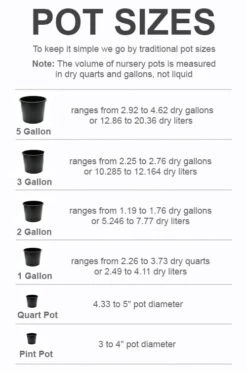

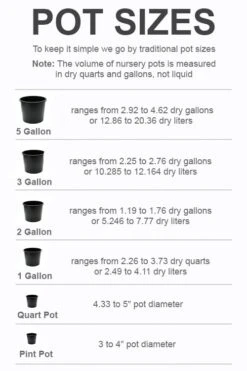
Reviews
There are no reviews yet.